#Indian and Atlantic oceans
Photo

Map of the African continent in a camel-beige colour.
Includes surrounding islands.
11 sea creatures and anemone are hidden in the blue-black waters of the Indian & Atlantic oceans...can you spot them?
Available here - RimaRimaStudio.etsy.com
13 notes
·
View notes
Text
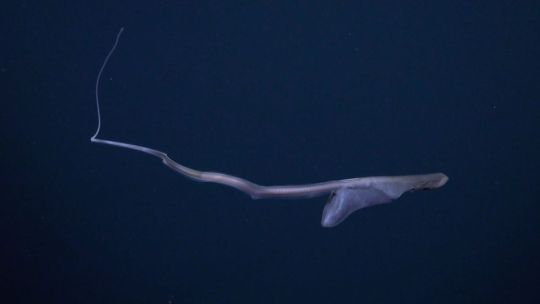
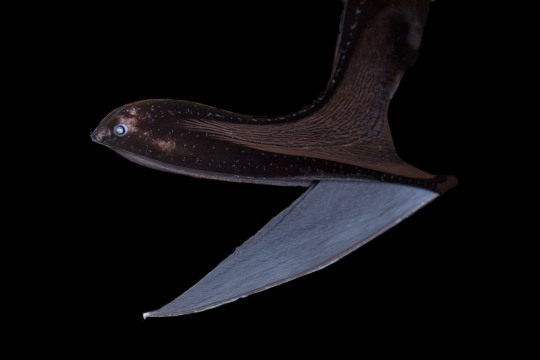
youtube
The Can-do Pelican Eel
The pelican eel, also known as the gulper eel (Eurypharynx pelecanoides), are the only known species of eel in the family Eurypharyngidae. They are found exclusively in the deeper parts of the water column, from depths of 500 up to to 3,000 m (1,600 to 9,800 ft), but are distributed throughout all the world's oceans.
The gulper eel is perhaps most famous for its unique body shape. Like many deep-sea fish, this species is highly adapted to its environment; maximum energy efficiency is the highest priority. To that end, the pelican eel has a large head, and a jaw estimated to be quarter of the total length of its body. The jaw is loosely hinged, meaning that gulper eels can open their mouths extremely wide. The rest of the eel, in contrast, is quite slender and long, about 0.75 m (2.5 ft) in length on average. Most individuals are black--so black, in fact, that they only reflect 0.5% of light; perfect for hiding from potential predators.
Although they look skinny, E. pelecanoides can expand their stomachs to hold prey much larger than themselves. Their primary prey consists of crustaceans and cephalopods, though they may feed opportunistically on other fish. Because it is so well camouflaged, it uses bioluminescent organs on the tip of its tail to attract prey. Gulper eels themselves are preyed upon by lancetfish and other larger deep-sea fish. To deter predators, they will gulp down a large amount of water; this stretches the loose skin around their head and throat, and inflates them to several times their usual size.
Because of their remote location, the breeding habits of gulper eels are relatively unknown. However, it is believed that smell plays a large part in attracting a mate, as pelican eels have highly developed olfactory organs. Like other eels, they're born as tiny, transparent larvae in a state known as the leptocephalus stage. At this stage, they do not have any red blood cells. Researchers aren't sure how long it takes gulper eels to become fully mature, or how long they live, but many believe that adults die shortly after mating.
Conservation status: The population size of E. pelecanoides has not been assessed, and thus the IUCN has not made a determination on its status. The greatest threat for this species is deep-sea trawling, which frequently brings up gulper eels as by-catch.
Photos/Video
Paul Caiger
Schmidt Ocean Institute
EV Nautilus Team (I highly recommend checking out their 2023 highlights reel!)
#pelican eel#gulper eel#Anguilliformes#Eurypharyngidae#eels#ray-finned fish#bony fish#fish#pelagic fauna#open ocean fauna#pelagic fish#deep sea#deep sea fish#Atlantic Ocean#Pacific Ocean#Indian Ocean#Arctic Ocean#Southern Ocean#animal facts#biology#zoology#ecology#marine fauna#marine fish#Youtube
151 notes
·
View notes
Text


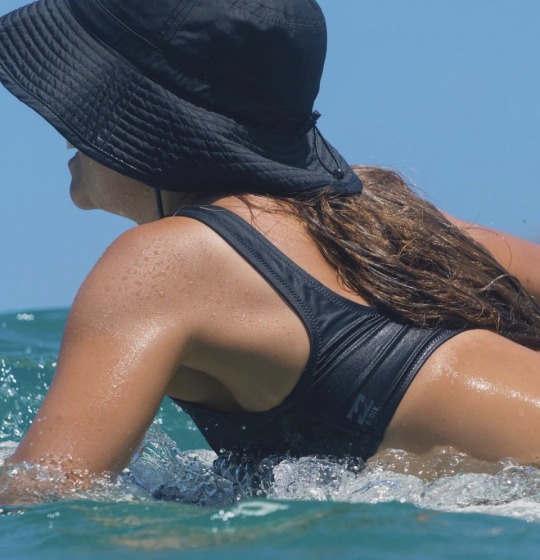

❤️🤙🏻🌸🌊Tanika Hoffman..
#beach life#surfing#big waves#blue#pacific ocean#indian ocean#atlantic ocean#surf#long board#tjeanal surfing#tjeanal surfing24 7
176 notes
·
View notes
Text
guys guysguysguysguysguysguysguysguysguysguysguys
ik no one cares but
look at her
moon jellyfish girl

edit: since some people cared, i'll add a full pic of aisha sharma! (thas moon jellyfish girl's name)

#silly little guy#sillyposting#silly#the sillies#very silly#moon jellyfish#jellyfish#jellyfish girl#mermaid???idk#deep sea#isopods#indian ocean#pacific#atlantic ocean#pacific ocean#atlantic#art#silly art#digital art#digital illustration#digital drawing#digital painting#wip#art wip#current wip#wip wednesday#my wips#wip stuff#work in progress#wipart
91 notes
·
View notes
Text

For the last time, I don't know any Nemos.
Green Sea Turtle (Chelonia mydas)
Oceans worldwide
Status: Endangered
Threats: poaching, pollution, fishing nets, loss of nesting grounds
#sea turtle#turtle#ocean animals#reptile#turtle art#conservation#atlantic ocean#pacific ocean#indian ocean
46 notes
·
View notes
Text
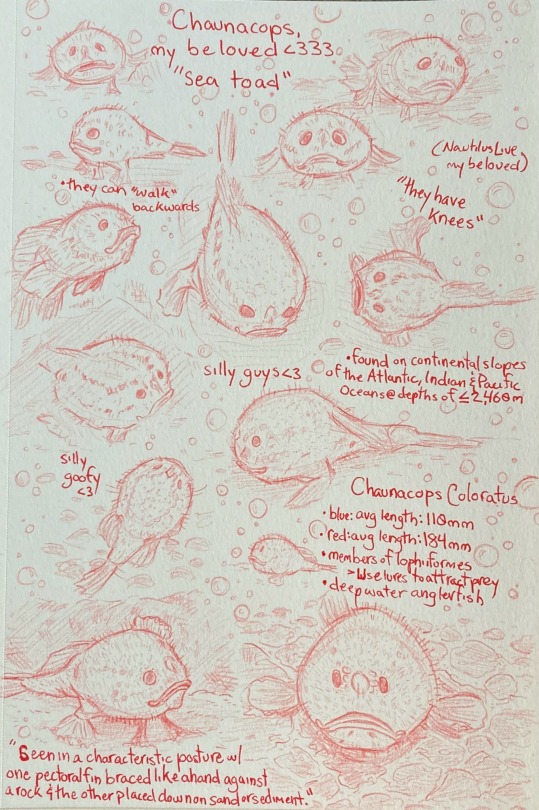
If there are no fans of chaunacops coloratus in the world, I’m dead
#art#my art#illustration#chaunacops#chaunacops coloratus#fish#deep sea#deep sea creatures#nautilus live#science#they’re silly guys#deep sea fish#animal illustration#or is it#fish illustration#idk#both#sea toad#atlantic ocean#indian ocean#pacific ocean#anglerfish
35 notes
·
View notes
Text

BREATHTAKING VIEW. 🌏
Here is an image of the southern hemisphere of Earth, as seen from space.
White clouds swirl over Africa, Madagascar, and the Indian and southern Atlantic Oceans.
📷: NASA
15 notes
·
View notes
Text
And please tell me your reasoning in the tags
42 notes
·
View notes
Text
KJ Charles, absolutely nobody was going around calling Black and brown people "people of colour" in the 1800s. They were called and called themselves "coloured people". It's relevant that the only terminology they had was subtly Othering and coined by whites. Nobody is going to go into vapours if 19th century characters use it. Stop jolting me out of your otherwise very good stories with self-conscious rummage for modern PC terms.
Also for the love of God just say "black" instead of pussy-footing around going "dark skinned". I can't tell who's Indian, Black or Portuguese with this shit. It's a racial and political identity, not a dirty word.
#white people are just#sigh#can y'all be normal for five minutes#afaik both indians and africans used to be called 'black' in the UK#indian ocean slavery was relatively lower key but outlasted atlantic ocean slavery for decades#Ghandi was a lawyer and was forced to ride on the train roof instead of being allowed to share a train car with colonials in his own country#whites didnt give a shit whether or not queen victoria had the offspring of sellout indian royalty as godchildren#all coloured colonized people were savages to them#they barely treated white jews poles and mediterranean europeans as real people let alone asians and africans and aboriginals#racism#british history#historical fiction#queer historical fiction#kj charles#knee of huss
5 notes
·
View notes
Text
Do y’all know about Photoblepharon palpebratus. Also known as the one-fin atlantic flashlight fish. Do you know it practices symbiotic bioluminescence with an unknown species of biolumescent bacteria. Do y’all know about how bioluminescence works. DO YOU
#hold on I’ve been encouraged to infodump hold on let me get my shit together#BASICALLY#p. palpebratus can be found in the indian and pacific oceans#its relatives can be found ALL OVER THE PLACE!!#theres a species related to it that lives near the gulf of mexico in the atlantic and AUGHHGHGGHG I want to go diving and see it so bad. if#only I could afford…#anyways#its got bioluminescent pouches under its eyes#it practices symbiotic bioluminescence#argh#they can be kept as pets but its really fucking expensive and difficult#They are nocturnal#aughdgdhf#I used to remember all this stuff but its been like a solid year since I’ve properly researched anything I’m passionate about#Curses!#I’m pretty sure I actually ysed to write essays in my spare time if I can dig those bitches up
3 notes
·
View notes
Text

Charles W Cullen bridge | Indian River Inlet, DE
#delaware#delawhere#indian river#indian river inlet#cullen bridge#inlet#atlantic ocean#camping#vanlife#travel#explore#water#nighttime#lights#bridge#travel with me#mine
5 notes
·
View notes
Text
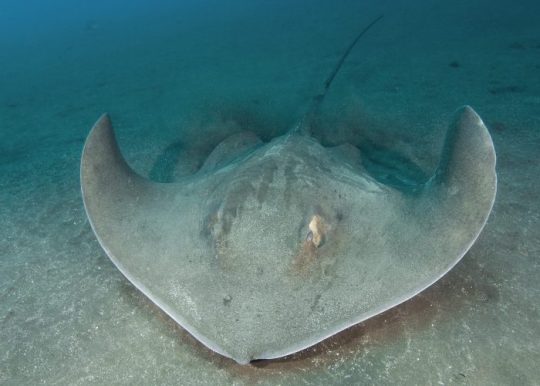

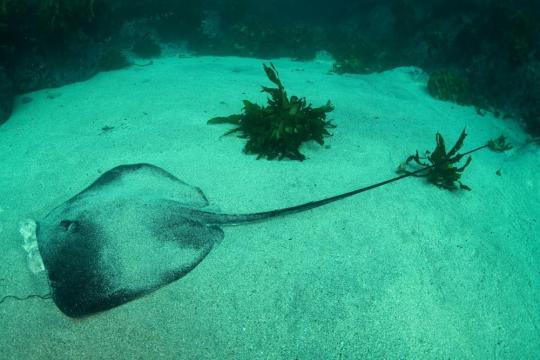
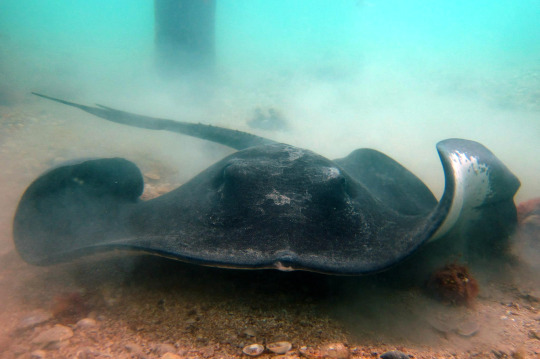
A Stingray Abroad: The Broad Stingray
Bathytoshia lata is a stingray known by many names: the broad stingray, the brown stingray, and thorn tail stingray; Dasyatis lata, Dasyatis thetidis, and Dasyatis ushii. The species has accumulated all these names-- and quite a few others-- thanks to its broad distribution. It can be found in the Atlantic, Pacific, and Indian Oceans, as well as the Mediterranean sea. Typically the species stays on reefs or in coastal bays with muddy bottoms. Prior to 2012, genetic testing of stingray species revealed them to be populations of B. lata, hence the multitude of latin names.
The broad stingray is one of the largest species of stingrays; the average individual is about 1.5 m (5 ft) across and 56 kg (123 lb), with some populations reaching an excess of 2.6 m (8.5 ft) across and 290 kg (639 lbs). Females also tend to be larger than males. The body is diamond shaped, and the tail is often more than twice its length. B. lata is dark in color, often tan or black, with a white underbelly. Perhaps its most distinctive feature are the 'spines'-- also known as dermal denticles-- that line the tail and rear portion of the body, giving it the name 'thorn tail'.
The brown stingray is fairly docile, and spends most of the day lying inactive on the sea bed. At night they forage for crustaceans, polychaete worms, and small fish. They can use their powerful pectoral fins to burrow through the sand and uncover prey, and like sharks they have special organs called ampullae of Lorenzini that allow them to detect electrical fields emitted by their prey. The primary predator of B. lata is the hammerhead shark, and when threatened individuals will raise the spines along their tail to deliver whip-like blows.
Females become ready to mate in the summer, typically from November to March. Males are attracted to pheromones released by the female, and initiate a dance-like courtship ritual. If the female is receptive, he will bite down on her pectoral fins while grasping her with special claspers located at the base of the tail. Following the mating ritual, the female gestates her young internally for 10-12 months. This species is ovoviviparous, and the pups recieve nutirents from both a yolk and internally secreted milk. Following her pregnancy, the mother gives birth to live young, typically 3-4 in a litter. The pups are completely independent, and receive no parental care after being born. It takes them about 14-16 years to become fully mature, and individuals can live up to 28 years in the wild.
Conservation status: The broad stingray is considered Vulnerable by the IUCN. Its most common threat comes from being caught as by-catch in fishing nets, and intentionally for their meat and skin.
If you like what I do, consider leaving a tip or buying me a kofi!
Photos
Andy Murch
Sarah Speight
Andrew Green
Phillipe Guillaume
#broad stingray#black stingray#Myliobatiformes#Dasyatidae#whiptail stingrays#stingrays#rays#cartilaginous fish#fish#marine fauna#marine fish#coral reefs#coral reef fish#benthic fauna#benthic fish#coasts#coastal fish#Atlantic Ocean#Indian Ocean#Pacific Ocean#Mediterranean sea#animal facts#biology#zoology#ecology
92 notes
·
View notes
Text
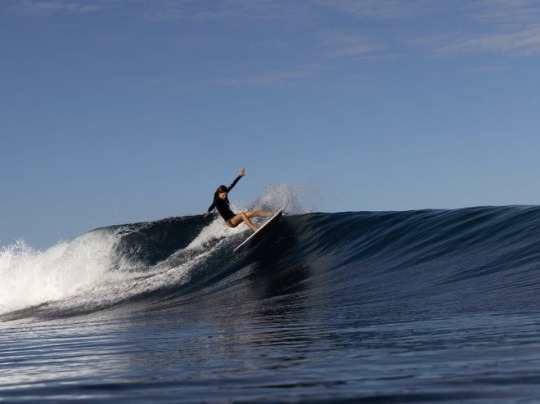

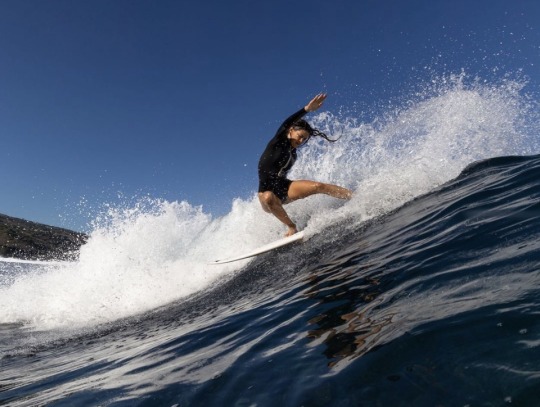
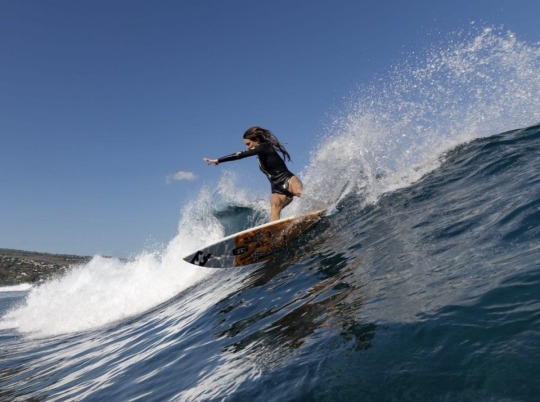
❤️🤙🏻🌸🌊tanika shredding..
@St. Leu.
#beach life#surfing#big waves#blue#atlantic ocean#indian ocean#surf#long board#tjsurfing24 7#tjeanal surfing
100 notes
·
View notes
Text
70% of the planet is covered by oceans.
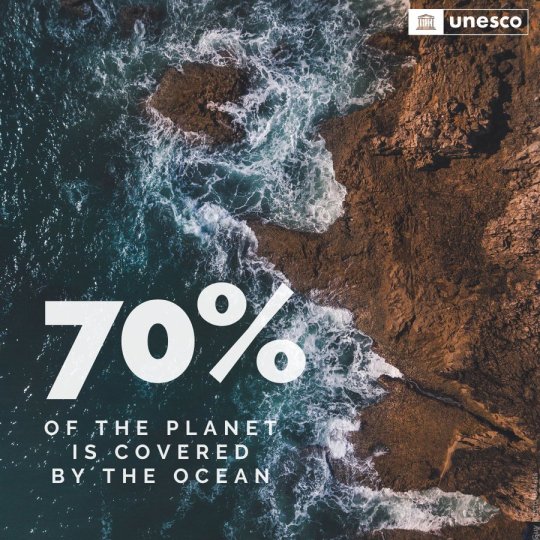
But it is enough for us to know that the oceans are threatened by global warming, acidification and pollution. Time is running out, we need bold actions to #SaveOurOcean
#world oceans day#sdg14#oceans and seas#coastal areas#saveourocean#saveourseas#UNESCO#Ocean basins#Ocean Arctic#antarctic ocean#indian ocean#atlantic ocean#pacific ocean#The ocean we want for the future we want#clean oceans
6 notes
·
View notes
Text
No more body of water drama all the bodies of water are perfect and we were fools to pit them against each other in the first place
#i was going to be mean to the pacific but i couldn't#the mediterranean is perfect and holds so much cool history and flora and fauna#the atlantic is also perfect and beautiful. in a different way. and i love her#as is the indian ocean and though it kills me to say it even the pacific#sorry for any psychic damage which may have previously been caused#perce rambles
1 note
·
View note
Photo

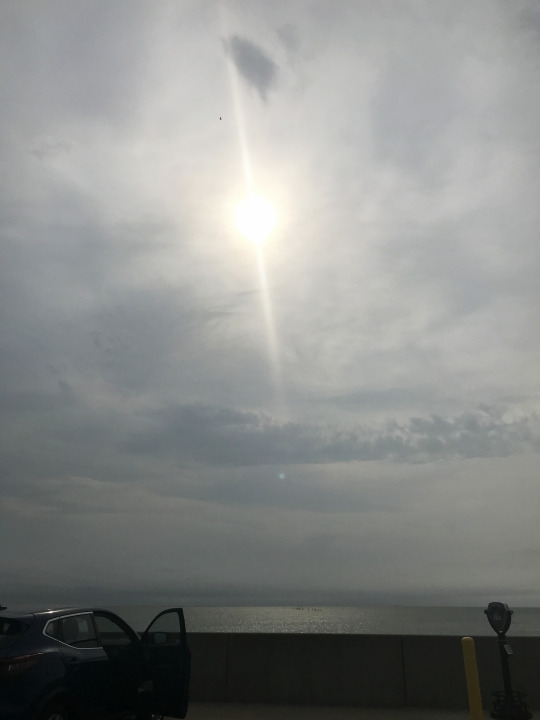
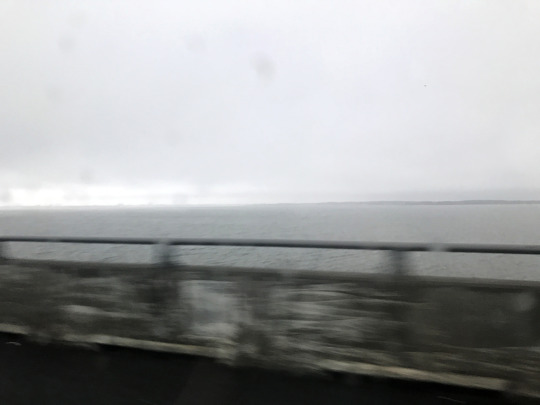

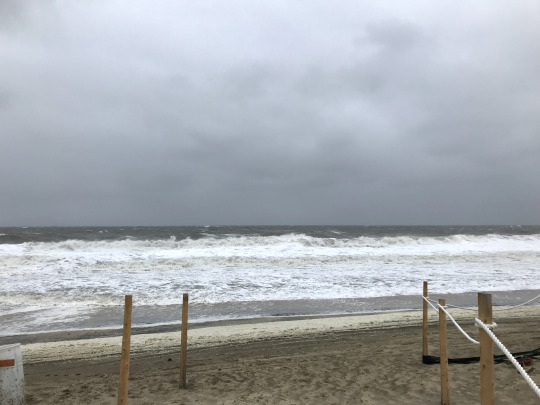
stormy weekend road trip mood board: May 6-8, 2022: Chesapeake Bay Bridge-Tunnel; Indian River Inlet Bridge; and Dewey Beach, Delaware | SM Piotrowski
#Chesapeake Bay#Virginia#Delaware#Dewey Beach#bridges#water#clouds#birds#Atlantic Ocean#road trips#places#selenographie#Chesapeake Bay Bridge Tunnel#Indian River Inlet Bridge
2 notes
·
View notes